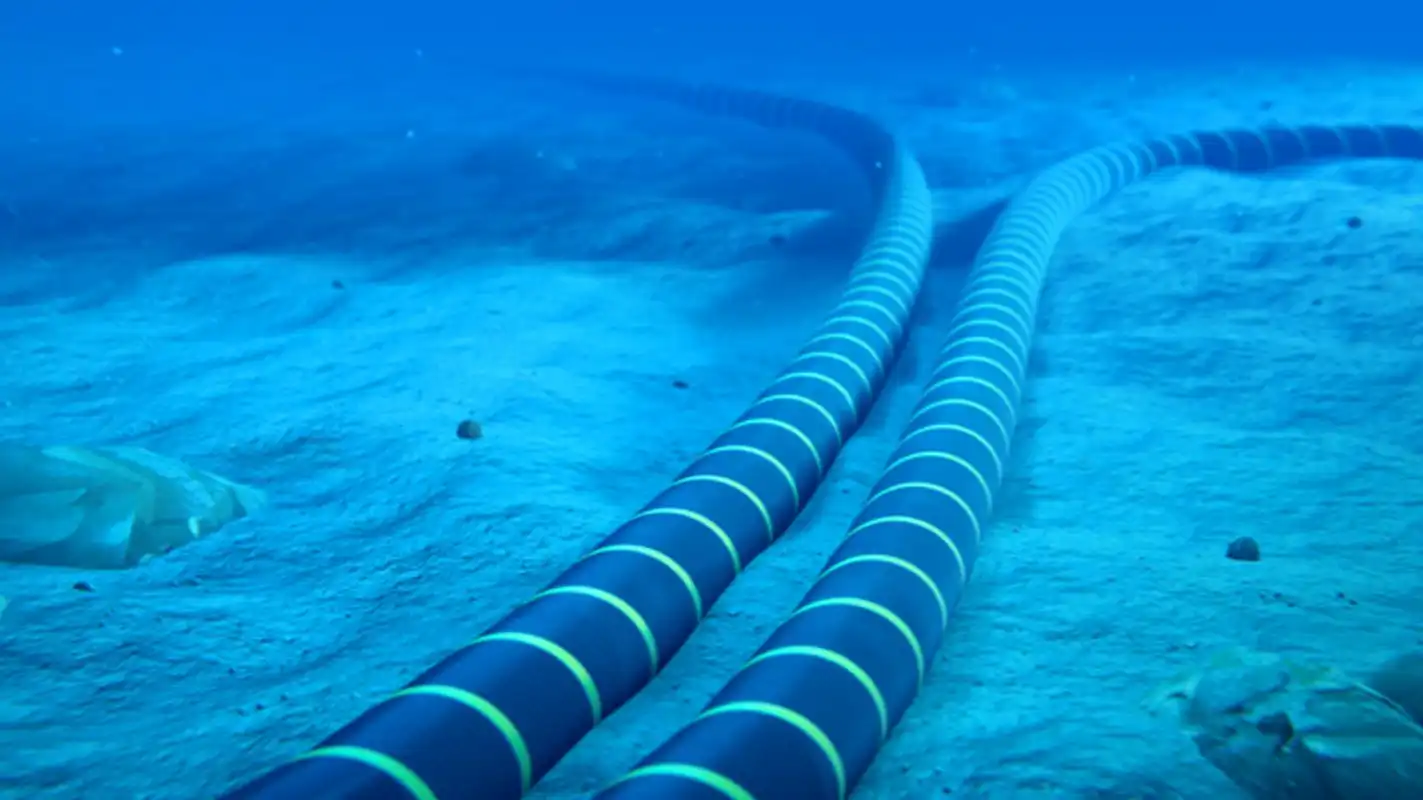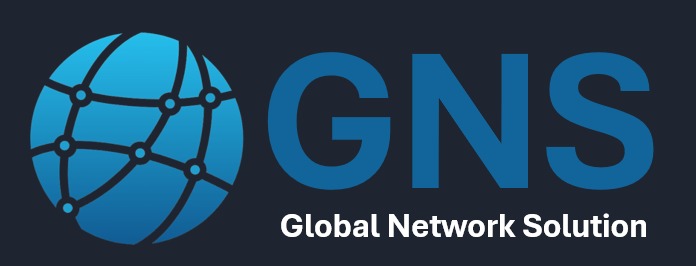
In February 2024, the telecom industry faced a serious disruption that sent shockwaves across global internet infrastructure—the Red Sea cable cut. This unexpected event highlighted the fragility of our undersea communication lifelines and exposed vulnerabilities in global connectivity. For telecom providers, enterprises, and governments alike, it was a reminder that resilience and redundancy must remain top priorities in an increasingly connected world.
What Happened?
Four major undersea cables—AAE-1, SEA-ME-WE 5, EIG, and TGN-EA—were reportedly damaged in the Red Sea, one of the most crucial marine corridors for data transmission between Europe, Asia, and Africa. These cables carry a substantial portion of the internet traffic between continents. Although the exact cause remains under investigation, speculation points to ongoing regional instability, including the Houthi rebel activities in the area and the heavy movement of ships in the Bab el-Mandeb strait.
The result? Up to 25% of data traffic between Asia and Europe was disrupted. Network latency increased, content delivery slowed down, and telecom providers had to quickly reroute traffic through alternative paths—primarily around Africa, which increased transit time and cost.
Why It Matters
Undersea cables are the unsung heroes of the internet. They carry over 95% of international data, including business communications, financial transactions, and streaming services. A single cable break can result in massive slowdowns or outages across countries. In this case, the Red Sea’s strategic location amplified the impact.
Impacts on the Telecom Industry:
- Increased Latency: With rerouted traffic, users in Asia and Africa experienced slower connections to European and American servers.
- Capacity Constraints: Alternative routes such as the South Atlantic and Indian Ocean cables faced congestion due to the diverted traffic.
- Operational Costs: Telecom companies had to absorb additional costs for rerouting, bandwidth optimization, and mitigation measures.
- Trust and SLA Pressures: Enterprises relying on high-availability internet services faced compliance and SLA concerns.
Lessons for the Industry
1. Redundancy is No Longer Optional
Global telecom networks must rethink the concept of “backup routes.” The event emphasizes the importance of diverse cable landing points and geo-redundant routing. Operators should consider investing in new transoceanic cable systems that bypass high-risk zones.
2. Greater Investment in Satellite and Terrestrial Alternatives
While satellite communications (like Starlink and OneWeb) can’t yet match fiber optics in bandwidth, they offer an additional layer of resiliency. Similarly, building robust terrestrial networks across continents can help offset dependency on specific sea routes.
3. Collaborative Response Planning
There needs to be tighter collaboration among telecom providers, governments, and cable consortiums. Standardizing rapid response and repair protocols and sharing early warnings can significantly reduce downtime and damage.
4. Security of Infrastructure
With growing geopolitical tensions, undersea infrastructure is becoming a soft target. Enhanced surveillance, cable protection laws, and naval coordination in vulnerable regions should become part of national and international policy.
Final Thoughts
The Red Sea cable cut incident is a stark reminder that while we focus on building 5G networks, AI data centers, and smart cities, the foundation of global connectivity still lies deep beneath the ocean. As the demand for data grows exponentially, the telecom industry must act proactively to secure, diversify, and future-proof its infrastructure. In an era where milliseconds matter and downtime costs millions, resiliency isn’t just a technical priority—it’s a business imperative.






